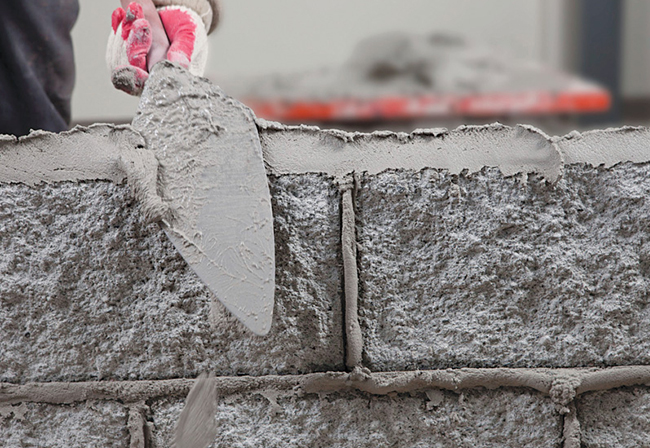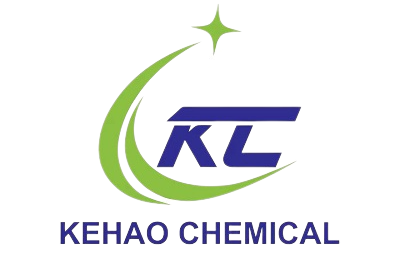If your cement mortar dries too fast, cracks too often, or feels impossible to work with, you’re not alone. This is a common problem, and the solution might just be one ingredient away—HPMC cellulose.
HPMC cellulose is essential in cement-based mortars because it improves water retention, enhances workability, and reduces sagging and cracking during application and curing. This results in smoother construction, stronger adhesion, and better long-term durability.

HPMC cellulose in cement mortars
Whether you’re a procurement manager or a construction contractor, quality issues in cement mortars can delay projects and increase costs. I’ve seen it firsthand. Once we started using a carefully selected grade of HPMC, it changed everything. Let’s explore why.
How Does HPMC Cellulose Improve Water Retention and Workability in Cement Mortars?
Mortars that dry too fast can lead to poor adhesion and weak surfaces. That’s frustrating. You can lose both time and materials. But what if your mortar could stay wet longer and spread more easily?
HPMC helps cement-based mortars retain water longer during application. This slows down the drying process and gives workers more time to adjust and finish surfaces. It also improves the smoothness of the mortar, making it easier to apply evenly.

Water retention and workability
Let’s go a little deeper into why this works.
Why Water Retention Matters
When cement sets too fast, hydration is incomplete. This leads to weak bonding, cracks, and wasted product. HPMC forms a protective film around the water molecules, slowing evaporation. This helps maintain the right moisture balance even in hot or windy conditions.
| Property | Without HPMC | With HPMC |
|---|---|---|
| Water Retention | Poor (fast drying) | Excellent (slow drying) |
| Workability | Hard to spread | Smooth, easy to apply |
| Surface Quality | Uneven and porous | Smooth and compact |
How HPMC Improves Workability
Workability isn’t just about ease of use. It affects how fast workers can complete tasks and how strong the final product will be. HPMC gives mortars a creamy texture, reducing drag on the trowel. This saves time and reduces fatigue. Especially in tile adhesive and plaster applications, this can mean faster and better installation.
I remember a client in Southeast Asia who had major issues with tile slippage. After switching to our KEHAO HPMC-enhanced adhesive, his team reported a 30% increase in efficiency and zero tile failures during the next project. That’s the kind of result I stand behind.
What Is the Role of HPMC Cellulose in Preventing Cracks and Sagging in Mortar Applications?
Ever seen a perfectly applied wall putty develop cracks the next day? Or tiles sliding down before the adhesive sets? That’s sagging. Both issues can ruin a flawless finish.
HPMC acts as a stabilizer that controls sag and crack formation by improving the mortar’s consistency and water-holding capacity. It keeps the material in place during vertical applications and reduces shrinkage during curing.
Let me explain this more thoroughly.
Crack Resistance
Cracks usually happen when mortar loses water too quickly or shrinks as it cures. Because HPMC holds water longer, the curing is more gradual and complete. This reduces internal tension in the mortar, minimizing shrinkage and surface cracking.
| Common Problems | Cause | HPMC Effect |
|---|---|---|
| Surface cracking | Fast water evaporation | Slows down evaporation |
| Shrinkage | Poor water distribution | Holds moisture evenly |
| Internal fractures | Incomplete curing | Extends curing time |
Sag Resistance
In vertical applications like wall tile fixing or exterior plaster, sagging is a serious concern. Poor sag resistance means materials slide out of place. HPMC increases the viscosity and plasticity of mortars, helping them stay where they’re applied. The right HPMC grade gives the mortar “body,” which stops it from slumping even under the weight of heavy tiles.
I once had a construction company in Africa request help with a high-rise project. Their plaster mix kept sliding before it set. Our R&D team formulated a batch with higher viscosity HPMC. The results? Zero sag, fewer worker complaints, and an increase in daily productivity.
How to Choose the Right HPMC Cellulose Grade for Your Cement-Based Mortar?
With so many HPMC grades out there, how do you know which one is right for your job? Choosing the wrong one can mean poor results and wasted time.
To select the right HPMC grade, you must consider viscosity, gel temperature, and application type. Tile adhesives need high viscosity. Wall putty benefits from moderate levels. Plaster mortars need balance between workability and sag resistance.
Let’s look into how to make the right decision.
Key Properties to Compare
| Property | Definition | Impact on Mortar |
|---|---|---|
| Viscosity (2% sol) | Thickness of HPMC in water | Higher = better sag resistance |
| Gel Temperature | Temperature where HPMC starts forming a gel | Affects performance in hot climates |
| Substitution Level | Hydroxypropyl/Methyl ratio | Impacts water retention and workability |
Application-Specific Selection
| Application | Recommended Viscosity | Special Notes |
|---|---|---|
| Tile Adhesive | 100,000–200,000 cps | High sag resistance, strong adhesion |
| Wall Putty | 60,000–100,000 cps | Good spreadability, crack control |
| Plaster Mortar | 75,000–120,000 cps | Balanced flow and drying time |
At KEHAO, we offer custom solutions depending on what our clients need. We’ve developed specialized grades of HPMC after analyzing feedback from projects across Southeast Asia and Africa. If you’re not sure what to choose, I always recommend starting with a sample test to match the viscosity and setting behavior with your local climate and jobsite needs.
Conclusion
HPMC cellulose makes cement mortars easier to work with, more durable, and much more reliable. With the right grade, you can avoid cracks, improve workability, and deliver better construction results.



